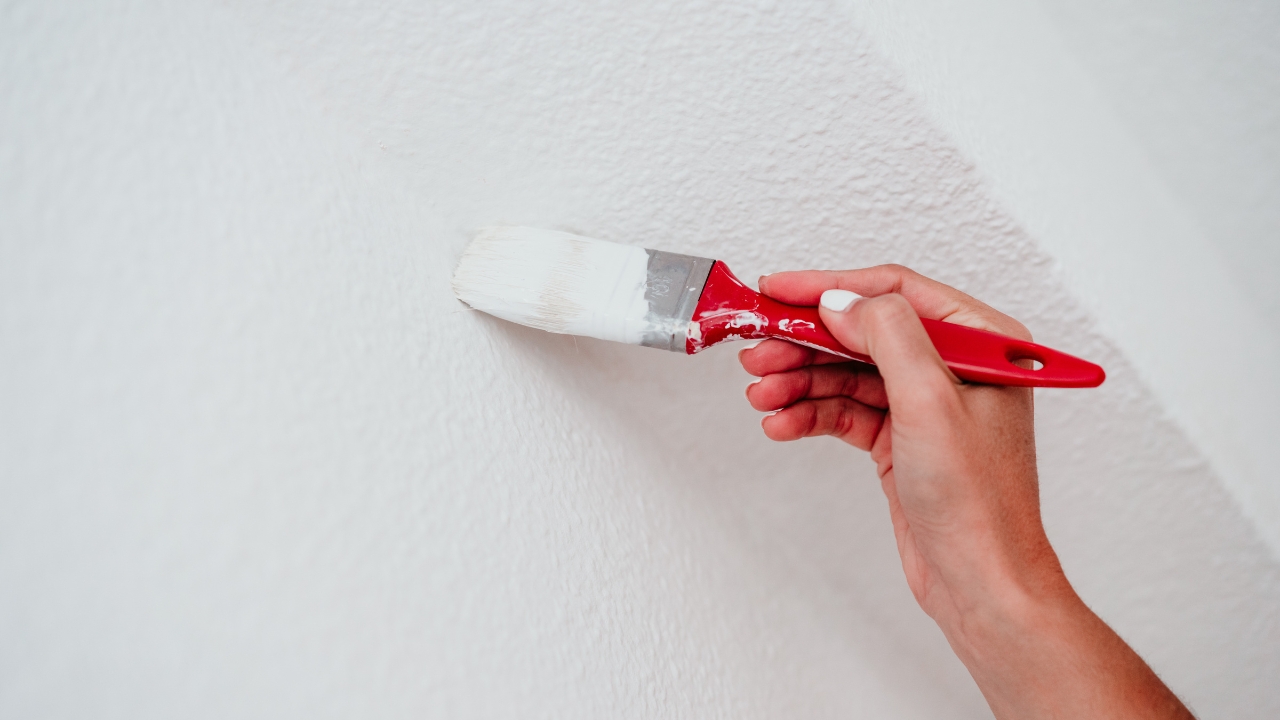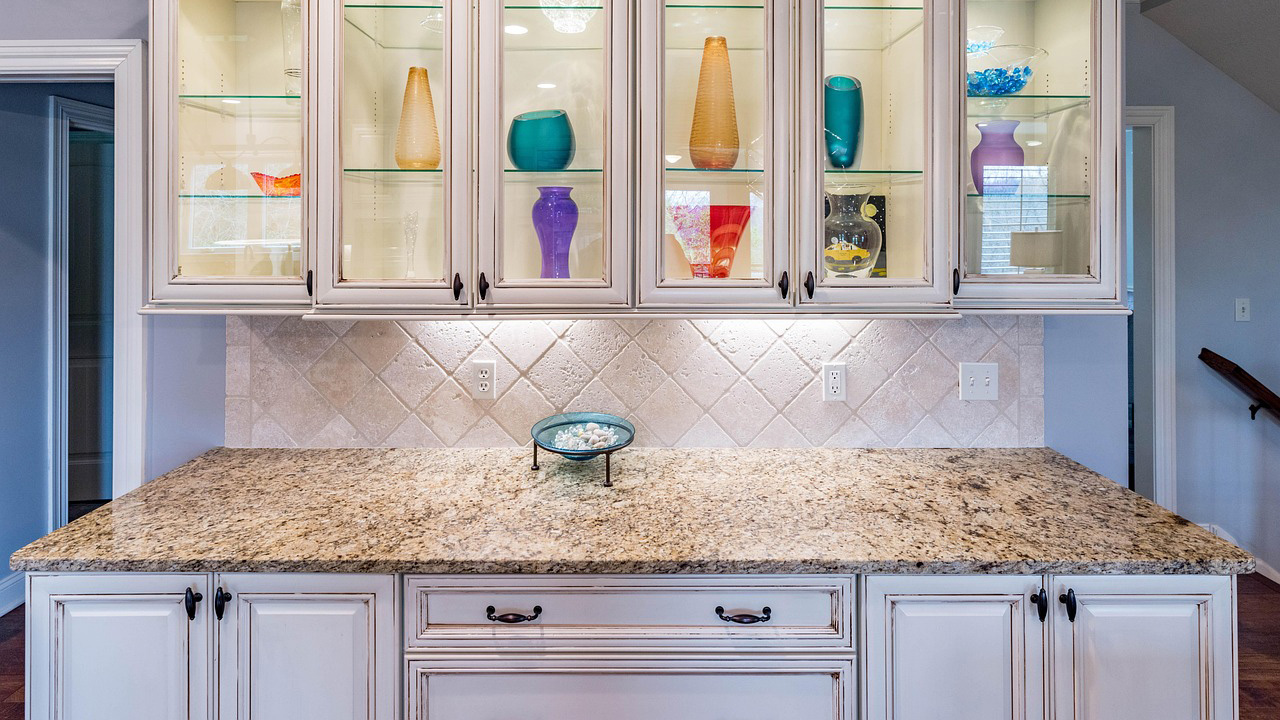You don’t need to remodel—just fix this one design mistake
You walk into your kitchen and feel off. The counters crowd you. The light stays dim even at noon. Everything works, yet the space drains you. Most people call a contractor at this point. They picture new cabinets, fresh tile, a bigger budget. Hold off. One overlooked flaw creates most of that frustration, and you can correct it without tearing out a single wall.
The mistake sits right above your head
Look up. That ceiling light—or worse, that single recessed can in the center—tries to illuminate the whole room. It fails. Light spreads thin and flat. Shadows pool in corners. You strain to chop onions. The room feels smaller than the tape measure says.
Builders install these fixtures because they’re cheap and code-compliant. They forget people actually live here. One weak overhead source turns every kitchen into a cave, no matter how new the appliances.
Light needs layers to feel right
Your eyes crave variety. A single bulb gives you glare on the counter and darkness everywhere else. Add task lighting where you work, ambient fill from the sides, and a warm glow over the eating area. The same square footage suddenly reads larger and calmer.
Start with under-cabinet strips. They push light exactly where your knife lands. Choose LED tapes rated 2700 K—warm like an incandescent but without the heat. Run them along the full underside of the upper cabinets. One switch, thirty seconds to install with adhesive backing.
Pendant lights change the math
Hang two or three pendants over the island or peninsula. Keep them 30 to 36 inches above the surface. Metal shades direct light down and cut glare. Pick fixtures with Edison-style bulbs if you like the look, but make sure the total wattage hits at least 200 watts equivalent in LED. That single move brightens the workspace and draws the eye upward, stretching the room visually.
Dimmers give you control
Hardwire every new fixture to a dimmer. The switch costs ten dollars and installs in five minutes. Now breakfast gets bright light at 7 a.m. and dinner settles into a softer glow by 7 p.m. The room adapts to your day instead of forcing you to adapt to it.
The floor reflects too
If your floor is dark wood or tile, lay a light-colored rug under the table. Wool or polypropylene, doesn’t matter—just keep the tone pale. The rug lifts light back toward the ceiling and softens footsteps. You gain acoustics and optics in one purchase.
Mirrors double the effect
Hang a mirror opposite the window. Frame it or go frameless, but size it at least 24 by 36 inches. Daylight enters, hits the glass, and shoots deeper into the kitchen. At night the mirror grabs artificial light and throws it back. The room reads twice as large with zero added square footage.
Walls bounce light back

Paint the walls a light reflectance value above 70. Most big-box “white” paints sit around 50 and swallow lumens. Check the spec sheet before you buy. A gallon of high-LRV paint in a soft warm tone returns light to the room without looking clinical. One coat on the main wall behind the sink multiplies every bulb you added.
Cabinets block more than you think
Upper cabinets cast shadows on the counter unless you light underneath them. If your budget allows, swap solid doors for glass on one or two uppers near the sink. The glass lets light from the window or pendants spill through. Keep the shelves sparse—three white plates and a clear vase—so the light travels.
Windows deserve better treatment
Heavy drapes kill daylight. Replace them with roller shades in a sheer fabric. Mount the shades inside the frame so they disappear when raised. You keep privacy at night and full sun during the day. Clean the glass inside and out; grime cuts light by 20 percent.
The sink area sets the tone
Install a focused light directly above the sink. A small adjustable recessed fixture or a slim gooseneck pendant works. Aim 75 watts equivalent straight down. Dish duty stops feeling like a dungeon shift.
Counter clutter steals light
Clear the counters. Appliances, knife blocks, and paper towels scatter reflections and create visual noise. Store what you can in drawers. The open surface now bounces light instead of breaking it up. A clean counter reads like extra floor space.
Test the fix before you commit

Tape a cheap LED strip under one cabinet and clip a clamp lamp over the island. Live with the setup for three days. Walk in at different times. Notice how the room feels at breakfast, noon, and dinner. If the difference hits you, finish the job. If not, tweak the placement.
Cost stays under most remodel quotes
LED strips run fifteen dollars per six feet. Two pendants total a hundred. Dimmers and paint add fifty. A mirror from the home store costs sixty. Grand total lands around three hundred dollars and one weekend. Compare that to a five-figure gut job.
The room works with you now
Stand back after the last bulb clicks on. The counters glow. The corners stay visible. You move without bumping elbows. The kitchen still measures the same on the plans, but your body registers open space. One design mistake fixed, zero walls moved.
You don’t need new everything. You need light that behaves like it belongs in a home, not a warehouse. Make the change. The room you already own starts working the way it should.
Like Fix It Homestead’s content? Be sure to follow us.
Here’s more from us:
8 upgrades that look like you spent thousands (but didn’t)
9 small changes that instantly make a house feel high-end
*This article was developed with AI-powered tools and has been carefully reviewed by our editors.







